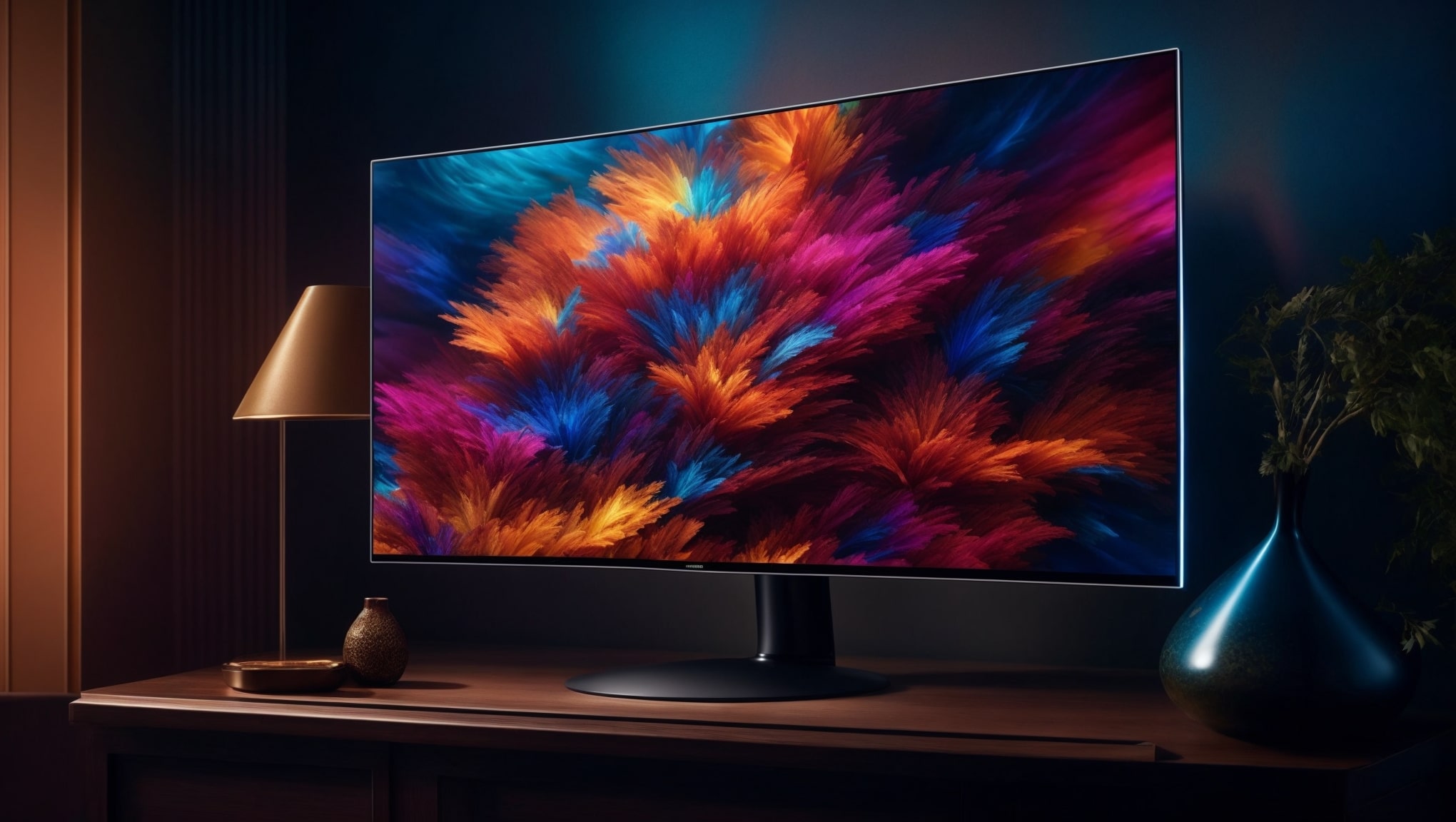Starbucks Launches Inclusive Spaces Framework to Transform the Retail Experience
In a groundbreaking move, Starbucks has unveiled its new Inclusive Spaces Framework, which aims to revolutionize the retail industry. This innovative approach, designed to enhance the store experience for all, including partners, customers, and communities, will be integrated into all newly built and renovated company-operated stores across the U.S. This significant step marks Starbucks’ commitment to accessibility and inclusion.
The first store to adopt the Inclusive Spaces Framework opened its doors in Washington, D.C. on Feb. 16. This flagship store introduces a range of physical and digital enhancements, including acoustics and lighting optimization for a more inclusive sensory experience. Innovative customer order status boards provide visual updates on order progress and readiness for pickup, offering diverse communication channels. Starbucks has also embraced inclusive equipment design with the introduction of the accessible Starbucks Clover Vertica™ brewer, featuring larger protruding dials and buttons, along with visual and haptic feedback.
To further enhance accessibility, Starbucks has implemented a portable POS system that comes with an adjustable stand, voice assist, and multilingual menu item images. Power-operated entrance doors equipped with easier-to-activate, vertically extended push buttons greatly reduce effort, while seamless paths of travel offer unobstructed pedestrian access for easy store navigation, complete with accessible wayfinding and open sightlines. Additionally, lower counters with wheelchair access overhangs facilitate communication between customers and partners during pickup.
This novel Inclusive Spaces Framework has the potential to redefine retail spaces, making them more accessible and inclusive for people with disabilities. Starbucks’ commitment to creating a welcoming environment where everyone feels valued is commendable. By embracing this framework, the company is demonstrating its dedication to improving the store experience for all individuals.
Retail Industry Focused on Improving Disability Accessibility for Shopping
The issue of disability accessibility in retail settings has long been a concern for many individuals. From physical stores to online platforms, obstacles have posed significant challenges for people with disabilities. Recognizing the importance of ensuring accessibility and inclusivity in retail environments, suggestions have been circulating on social media to address these issues.
One key suggestion focuses on creating accessible fitting rooms. By providing larger fitting rooms with accommodations such as hooks, grab bars, and additional seating, the shopping experience can be greatly improved for wheelchair users and those who require assistance while trying on clothes. Another crucial aspect is ensuring lower checkout counters or alternative accessible counters are available, as this can make a significant difference for wheelchair users.
Maintaining clear sales floors is equally important. Obstacles like dropped clothes or product boxes hinder the navigation of shoppers using mobility devices, so ensuring sales floors are clear is essential. To simplify the purchasing process, many have suggested offering at-home try-ons for online shoppers. This allows customers to try on clothes in the comfort of their homes, reducing frustration and simplifying the return process if the items don’t fit well.
Inclusive advertising is another area that requires attention. Featuring disabled models in advertisements and online stores promotes inclusivity and provides a realistic representation of available clothing options. Additionally, providing detailed item descriptions is crucial for blind and low-vision shoppers who rely on text-to-speech apps or screen readers to make informed purchases.
Overall, addressing disability accessibility in retail shopping for clothes is essential for creating an inclusive and welcoming environment for all customers. By implementing these suggestions, retailers can make significant strides toward ensuring an enjoyable and accessible shopping experience for individuals with disabilities.
The Economic Potential of Inclusivity in Business
Businesses are missing out on a significant economic opportunity by failing to adequately serve the disability community. According to a recent study by the Valuable 500, over 50% of disabled individuals encounter obstacles when accessing content and products, with a mere 2% feeling accurately represented in media and marketing. This represents a glaring imbalance in the marketplace.
The Valuable 500 emphasizes three essential pillars for fostering inclusive representation: accessible experiences, accurate representation, and authentic narratives. Companies must prioritize creating accessible experiences by involving disabled individuals in product and service development, ensuring inclusivity is integrated from the beginning. Implementing inclusive design benefits not only the disabled community but all users.
Authentic narratives are also crucial for challenging societal biases and fostering inclusivity. By partnering with disabled storytellers and advocates, businesses can create campaigns that go beyond stereotypes, resonating with disabled audiences and promoting genuine representation.
Inclusive and authentic representation is not only the right thing to do, but it is also a smart business strategy. By embracing diversity and accessibility, companies can tap into a vast and underserved market while leading the way to a more inclusive future. Investing in inclusivity is not just a moral obligation; it also presents a substantial economic opportunity for businesses willing to prioritize accessibility and representation.
Analyst comment
Positive news: Starbucks Launches Inclusive Spaces Framework to Transform the Retail Experience
Market analyst perspective: Starbucks’ commitment to accessibility and inclusion through its Inclusive Spaces Framework has the potential to revolutionize the retail industry by making stores more accessible and inclusive. This move will likely enhance the store experience for all individuals, attracting a wider customer base and increasing customer satisfaction.
Neutral news: Retail Industry Focused on Improving Disability Accessibility for Shopping
Market analyst perspective: The focus on improving disability accessibility in retail settings is an important step towards creating a more inclusive environment. Implementing suggestions such as accessible fitting rooms, lower checkout counters, and clear sales floors can greatly improve the shopping experience for individuals with disabilities. While this may require some adjustments and investments from retailers, it can lead to increased customer satisfaction and loyalty.
Positive news: The Economic Potential of Inclusivity in Business
Market analyst perspective: Businesses that prioritize inclusivity by creating accessible experiences, accurate representation, and authentic narratives can tap into a lucrative market of disabled individuals. By involving disabled individuals in product and service development and partnering with disabled storytellers and advocates, companies can not only foster inclusivity, but also benefit from increased sales and brand loyalty. Investing in inclusivity is a smart business strategy that presents substantial economic opportunities.













